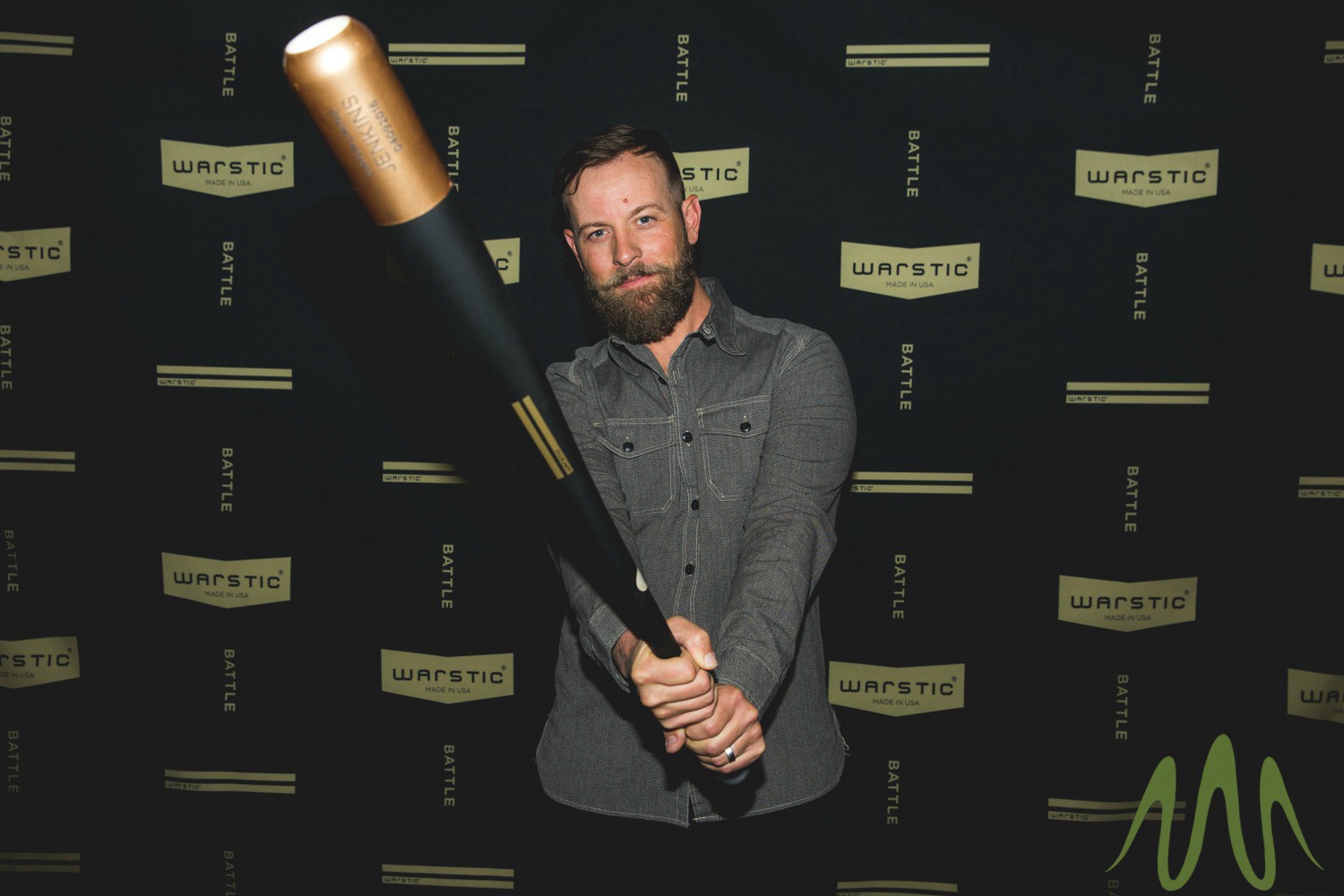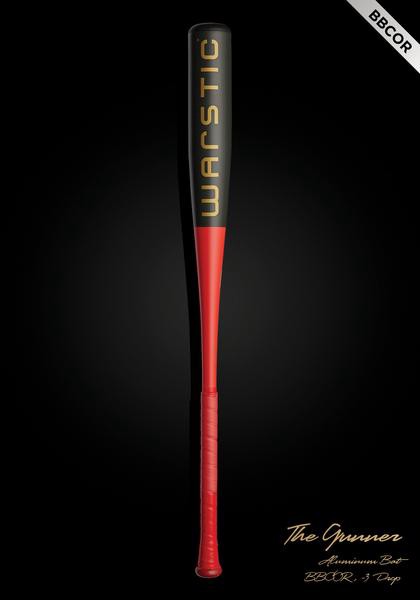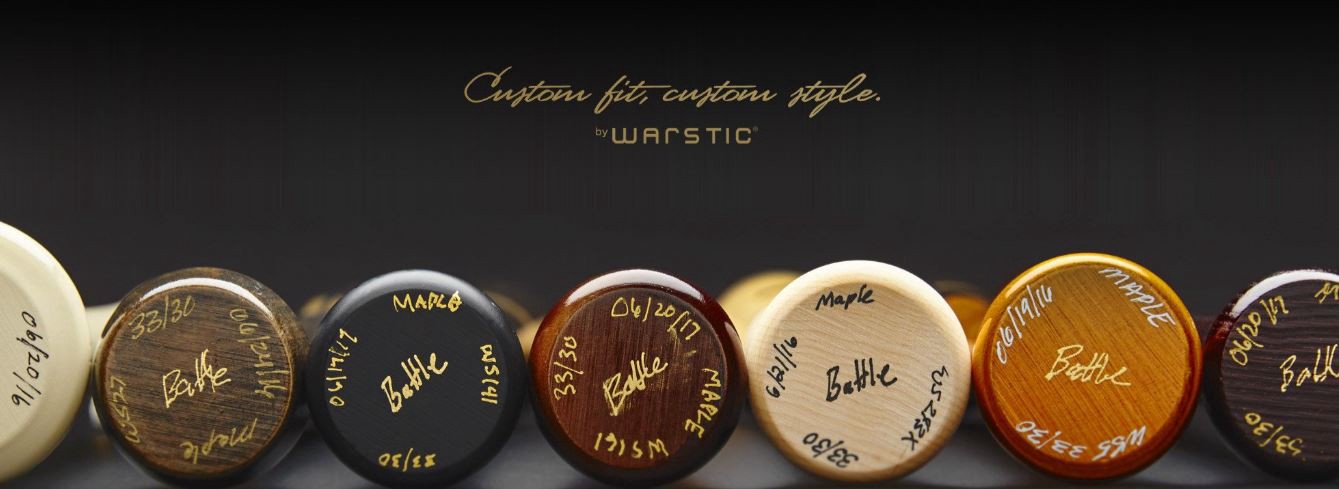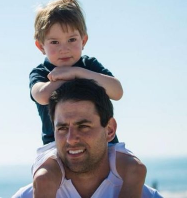
By: Warstic Founder, Ben Jenkins
My Background: Baseball
I grew up playing baseball. When I was a kid, that’s just what I did — played baseball and football. I had the idea that I wanted to be a Major League baseball player. I got a scholarship to play baseball at Mississippi State University. During that time, just when I thought my focus was all on baseball, I figured out my true talent was in design. So, I pursued architecture school along with baseball. I got to the point where I had to quit one of them due to the fact that they were overlapping and both so time consuming. That bounced me over to the arts school. I had always been into drawing and painting as well. A painting teacher then dragged me over to the design school. That was the first time I had recognized what graphic design really was. Thanks to that teacher, I found what I was really good at. I had a raw ability to do it.
After college, I played Minor League Baseball for the Philadelphia Phillies. I did the best I could, but didn’t last very long. I finally gave up on baseball. You grow up with one identify then all of a sudden it abruptly stops. There’s a little bitterness that forms around most baseball players when they stop.
My Background: Design
When I first jumped in, I tried to get a job, but was too inexperienced to land anything so I started freelancing. A few years later, I started my own firm, One Fast Buffalo. We are now going on 18 years. I discovered how much I loved branding — creating identity.
After doing that for 15 years, I woke up one morning and decided I want to do for myself what I do for my clients — create my own brands. I was wondering why I needed a client to tell me to go create something. I wanted to get into making a product, but needed something where my influence would be the difference maker. Ultimately, I thought baseball would be a great place to start because it was a world I really knew and it was an area where design was not high on the priority list. Most baseball goods have the same sporty look.
I went for a baseball bat brand. I treated it just like it was a client except I was the client. I took it from idea to getting it online. It was extremely fun. I really didn’t expect anyone would buy a bat, but they did.

My Vision:
It’s a very crude and simple product. I had the knowledge of what players are looking for. There are a ton of options when it comes to things like the shape of the barrel in relation to the shape of the knob. It all comes down to feel. It’s the nature of the beast, you have to provide those options so players can decide what they want. On the design side, when it comes to the aesthetic, it was like all these rules where created as to what bat was supposed to look like. Everything from where you put the logo to how you stain the bat. In the Major Leagues, it’s very restricted. I really had nothing to lose so my process was to make something that I would want to see. That’s what made it work. If I had a client, they would have looked at some of the things I did, looked at the market and said, “You can’t do that.” In my brain, that means maybe it will work. An example of that is the trademark on the front of the bat. It’s just two lines that we call the Warriors Mark. One of my main tactics there was to put something on the bat that people would identify us with, be aesthetically pleasing, but will also serve as a functional tool. It’s a focusing tool. If you notice in baseball, when a batter steps to the plate, they take a deep breath and stare at the bat. They exhale then step in. They are trying to calm their mind. Hitting is the hardest thing to do in sports. You fail 70–80% of the time, not to mention it can be very scary — a 100mph fastball coming at you mixed with 40,000 people staring at you. I wanted to insert a mentality into the baseball bat, which is something nobody has really ever done. Every ounce of confidence you can instill in a batter makes a difference. The right mindset and attitude can be the difference between hitting .220 and .290. We sell these shirts that say “battle” on them. Baseball players get what that means, but it’s also a universal thing. It’s a “get up and keep going” state of mind.
I never had a plan other than making a product I enjoyed designing that I could sell online, keep really simple, while making some money without their being a client on the other end. The first week we started selling bats, I was ecstatic. I thought it was the coolest thing ever, I had never sold anything like that before. I remember my wife saying, “Man, you are excited. How much did you make on that bat you sold right there?” I was like,….”um about $40.” Then she says, “Well, how much money did you make designing that logo for that big client?” I said, “$15,000.” And she said, “You are more excited about the bat?” My answer will always be yes, because it feels like art. You make exactly what you want, put a price on it and throw it out there. People can buy or not buy. And I can sell that idea over and over. That’s an entirely different dynamic then having a client relationship where you are really making something together and you are getting paid one time. Don’t get me wrong I’m glad I create value for people and they pay me well for it.

Teaming with Ian Kinsler and Jack White:
It was somewhat of a divine intervention I think. The year I met my business partners I kept having this reoccurrence of the Saint Rita. I had never heard of St. Rita and I’m not catholic. When I ended up meeting Jack White and going to his house for the first time, I walked in the door and there was a St. Rita statue in the doorway.
Prior to that, about a year ago, Third Man Records reached out to Warstic saying they’d like to make some bats for their store. Shortly after, I met Ian Kinsler through a friend of a friend. I had been looking for an investor. When we met, we hit it off immediately. I randomly mentioned the Third Man Records thing, and he goes, “Do you mean Jack White from the White Stripes? I kind of know him.” Ian plays in Detroit where Jack is from. Jack is also a huge baseball fan. I didn’t know that at the time, but he goes to games, knows all the history and just loves the sport. I told Ian that we needed another investor in Warstic and asked what he thought about going to Nashville to ask Jack. I was 90% kidding. He looked at me like I was crazy, then thought maybe it isn’t the worst idea in the world given he loves baseball. He contacted him and two weeks later we were meeting in Nashville. And there you go. We all feel like this was something very natural for us to do. And we got the deal done in only 60 days. I know Jack does not take his $ or time for granted so I was stoked beyond belief. But really it makes sense. Warstic is about Design and Baseball. And Jack loves both.
Ian is the epitome of what we are selling. He’s the most strong-minded person you will ever meet, which in baseball translates to — the ability to not think and let your training come through. He truly plays in the moment. Working with him just kind of happened and it amazes me how much he represents what we are selling. I would never trade him for another player. In fact he went out and had the best year of his career hitting 28 home runs.
With Jack, we talk about baseball and design. This is all fresh and new for him and he’s having a blast being involved in baseball. He’s in a situation now where his bat could be potentially be used in a World Series game, hitting a game winning home run and in the hall of fame. That’s just really cool to be a part of this in a small way. It’s funny, I was always a fan of Jack’s music and the White Stripes. I saw him as a true artist and had a sincere appreciation for him because I appreciated his approach and work ethic. In fact, I had written an article a year before I met him, not thinking I would ever meet him that included a quote of his — “No good art can come from comfort.” I didn’t know what to expect, but Jack is very involved in Warstic. He’s an extremely giving person and a great partner. The dynamic between the three of us has been incredible every step of the way. We are stoked about the future. What I love most is I have business partners that are stoked to see what we can make out of this. The potential profit is very secondary as a motivation.

Out in the Field:
We purposely went after a small group of Major League players. Like an exclusive club. We are looking for players that have this mentality that we are trying to sell. Instead of opening it up for whoever wants it, we only open it up to those that we approach that fit what we are about. It’s the opposite of what normally takes place and has created a demand. The idea is to keep the group to about 12 people and establish a quality relationship where we get a lot out of each other. In year one, you would expect us to have small time players, but in addition to Ian Kinsler we had the MVP of the league, Josh Donaldson of the Toronto Blue Jays, swinging the bat on opening day, former MVP Jimmy Rollins who was playing for eh Chicago White Sox, and George Springer from the Houston Astros — who is going to be a MVP someday I think. Being the small guy, stirring up the pot and making an impact on the sport, is what gets me up in the morning.

“A guided focus” “It’s an attitude and a statement”
The two lines on our logo represent the past and the future. Both are distractions. The sweet spot is in the middle. It’s a good message no matter what, but it happens to be quite useful in hitting. In commercial art, you are always trying to make the client happy. It takes the art out of the process sometimes and I was tired of that. My intention with this was to simply make art in hopes of inspiring something. That means, you let go and make what you feel like you are supposed to make. As a result, many of our clients now come to us and don’t give us any instructions. It’s more — let’s make some art together. It’s really helped our business. This attitude of not holding back is what makes our collaborations work.
In terms of baseball, we are starting to really improve the situation in the mind for young players. That’s not something that is taught. You are taught hitting mechanics, and strength training, but not many teach strong mindedness, which is what every MLB player will tell you is the difference between them and the guys that don’t make it.
Battle,
~Ben Jenkins

In collaboration with Jeff Gorra — Artist Waves. Photos via Ben Jenkins/Warstic.
If you enjoyed, please hit the heart below.
Follow Artist Waves on: Facebook, Twitter & Medium
~ follow Jeff Gorra | twitter @JeffGorra |JeffGorra@ArtistWaves.com



